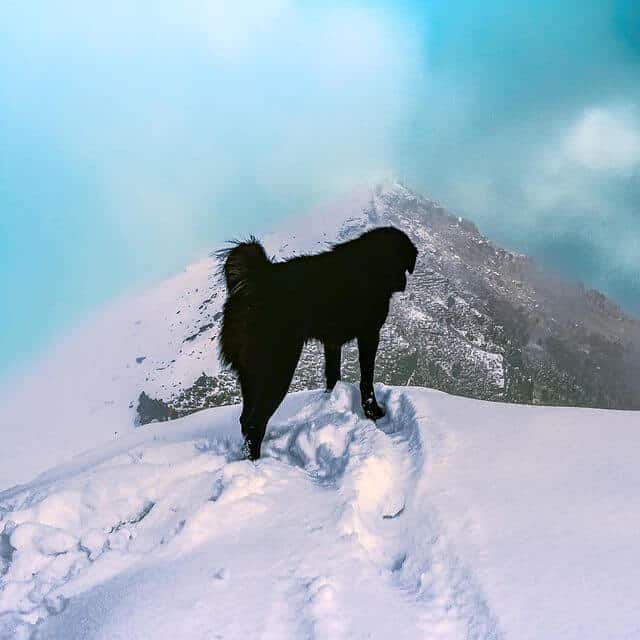Knowing the difficulty level of the Kedarkanta trek makes it simpler to overcome obstacles while trekking. In the past, we have observed that visitors frequently arrive unprepared and then encounter numerous challenges without ever enjoying the views. If you are both physically and mentally prepared, the exhilaration you experience upon reaching the summit cannot be described.
About Kedarkantha trek
In Uttarakhand, the Kedarkantha peak is located at an elevation of 12,500 feet. From the peak, a total of 12 peaks of the Himalayan range can be seen. This route has gained a lot of popularity because of its year-round ease of accessibility. You will not only see the best Himalayan vistas on this walk, but you will also have a chance to learn about the local way of life and sample some of the regional cuisines from Uttarakhand.
Kedarkantha Trek Difficulty Level
Weather
Winters (Dec – April): The Kedarkantha Trek is well-known as a winter trek. As a result, planning is essential. Compared to the other days, the trekking route that begins at Juda ka Talab is simpler. One of the toughest sections of the trail is the summit push. Other than that, the terrain need not be a concern. The main difficulty the trail presents are snowfalls, which make walking rather difficult. There is a substantial layer of snow covering the area, creating an environment for adventure-seeking hikers.
In the winter, especially, make sure you have at least three to four layers with you, along with a thick hooded jacket. Additionally, get in shape properly before the trek. The Nomad Adventures team will offer support, though, all the way through. The Kedarkantha trek is unquestionably best done in the winter, from mid-December to April. You will see the magnificent Himalayan wildlife in addition to the breathtaking vistas.
Both novice and seasoned hikers are encouraged to take this excursion. Many winter hikes, including the Brahmatal trek, are fiercely competitive. Numerous explorers enjoy both of these journeys in the realm of trekking. If they are on your bucket list, we suggest checking them off by accomplishing both of them.
Summers (May to June): Because there is no snow during the summer, the Kedarkantha journey can be rated as a simple route. This walk can be easily completed by anyone who is at least 8 years old and younger than 65. However, it’s crucial to be in good health before embarking on the Kedarkantha trek.
Temperature
In the winter, the Kedarkantha trek’s temperature drops to minus 20 degrees, and from April to June, it fluctuates between 0 and 20 degrees.
Altitude
The journey starts at the 6,500-ft-high Sankri settlement, and it takes 3 days to ascend to 12,500 ft. You will typically walk 4-5 kilometres every day, with some days having significant inclines and others being rather flat.
We may sum up by noting that everyone can complete the trek. Now we know, the difficulty level of the Kedarkantha Trek is easy to moderate. You’ll be prepared for the challenge if you adhere to the trek guide’s advice. We have always believed that children should try starting at age 8 or older, and parents who are with them will notice the beneficial difference in them. Going back to the fundamentals and stepping outside of our comfort zone are difficult. However, once you are there and have encountered this, a dramatic change occurs. If you haven’t tried any trek in the Himalayas, we urge you to at least attempt one Himalayan journey since it will open up a world of unending opportunities.
We hope that this has inspired you to go outside and observe the mountains from a different angle. Check the geography, altitude, weather, and physical fitness requirements of any trek you want to take in the Himalayas. This will give you a clearer idea of everything you will encounter.
If you want to take this trek and would like more information on the day-by-day itinerary, click here –Itinerary of Kedarkantha trek


0 Comment